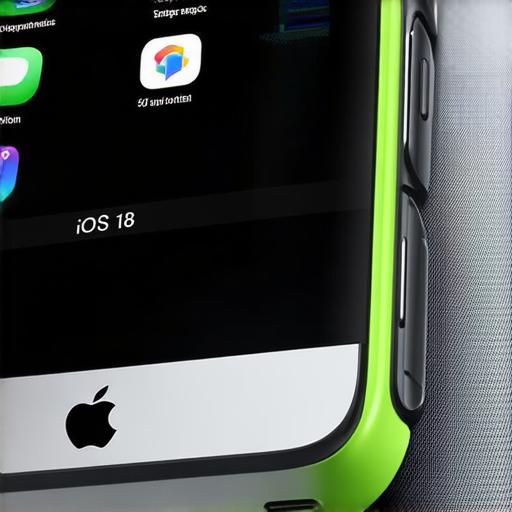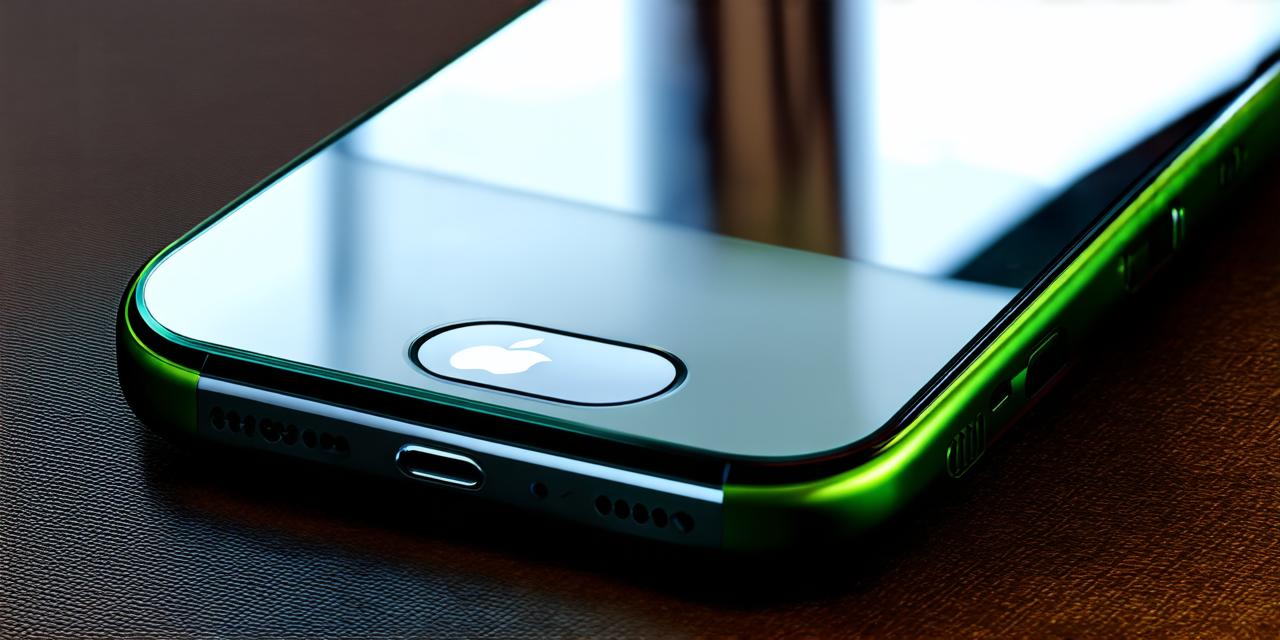
Are You an iOS Developer Who Is Struggling with iOS 18 Beta?
Are you looking for a way to uninstall the latest version of Apple’s mobile operating system? Look no further! In this article, we will guide you through the process of uninstalling iOS 18 beta on your iPhone or iPad.
Before We Begin: Understanding the Risks of Uninstalling iOS 18 Beta
Before we dive into the steps to uninstall iOS 18 beta, it is important to note that doing so can potentially cause issues with your device and any apps you may have installed. Additionally, uninstalling the latest version of iOS may mean missing out on important security updates and bug fixes. With that said, if you are absolutely certain that you want to go through with the process, let’s get started.
Step 1: Back Up Your Device
The first step in uninstalling iOS 18 beta is to make sure that you have a backup of your device. This can be done using iCloud or by connecting your device to a computer and backing up your files manually. It is always a good idea to have a backup in case something goes wrong during the uninstallation process.
Step 2: Check for Compatibility
Before you begin the uninstallation process, it is important to check if your device is compatible with the version of iOS that you want to revert to. You can do this by going to Settings > General > About and looking for the version number of your current iOS. If the version number does not match the one you want to revert to, you may need to download and install the appropriate update first.
Step 3: Download the IPSW File
The next step is to download the IPSW file for the version of iOS that you want to revert to. You can find these files on Apple’s website or by searching online. It is important to make sure that you are downloading the correct file for your device and iOS version. Once you have the IPSW file, save it to a safe location on your computer.
Step 4: Connect Your Device to Your Computer
The next step is to connect your device to your computer using a USB cable. Make sure that your computer has iTunes installed and that it is up to date. Once your device is connected, open iTunes and select your device from the list of devices on the left-hand side of the screen.
Step 5: Put Your Device into Recovery Mode
The next step is to put your device into recovery mode. To do this, turn off your device and then press and hold the Home button and the Sleep/Wake button at the same time until the recovery screen appears. Follow the on-screen instructions to complete the process.
Step 6: Restore Your Device from Backup
Once your device is in recovery mode, you can restore it from your backup. Select “Restore from Backup” and then select the backup that you created earlier. iTunes will then begin the restoration process. This may take some time, depending on the size of your backup.
Step 7: Update Your Device to the Latest Version of iOS
Once your device has been restored from your backup, you can update it to the latest version of iOS. Go to Settings > General > Software Update and follow the on-screen instructions to download and install the update. It is important to make sure that you are updating to the latest version of iOS in case there are any security updates or bug fixes that were not included in the IPSW file you downloaded earlier.
